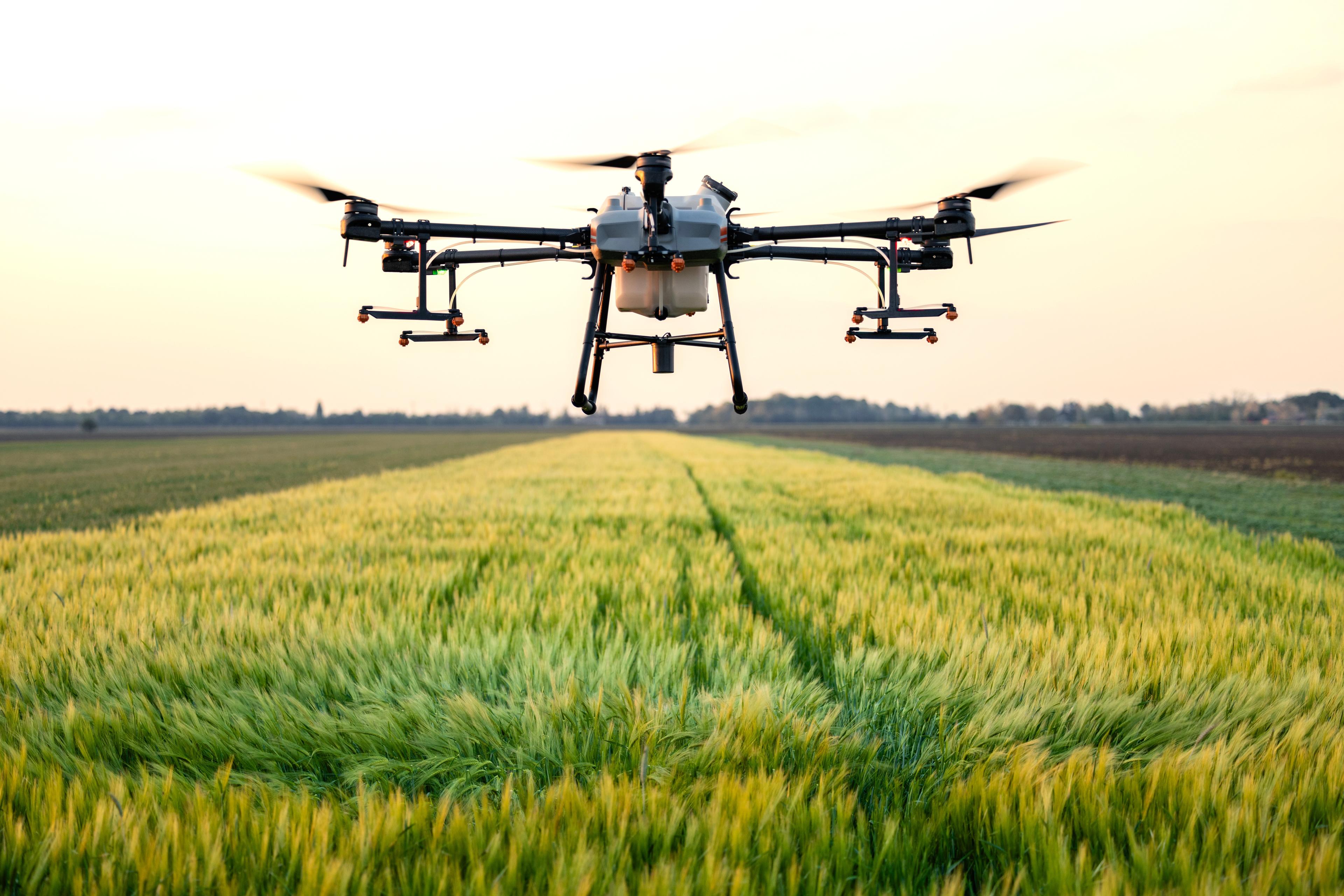Drone Technology Advances, Yemen Attack
New drone ID tech launched following Yemen's attack on Israel
Tel Aviv University introduces AI-driven radar system for advanced drone detection in complex urban settings.

Just days after the July 19 drone attack on Tel Aviv, which resulted in one fatality and several injuries, Tel Aviv University engineers have introduced a groundbreaking technology to enhance drone identification and airspace security.
The attack, orchestrated from Yemen, highlighted critical gaps in current drone detection systems. Despite tracking the incoming drone, a lapse in classification meant the threat was not fully addressed in time.
In response, researchers at Tel Aviv University have developed an advanced drone identification system, outlined in their latest academic paper. This innovative technology combines radio frequency identification (RFID) with AI-enhanced radar to improve detection and classification of drones, even in complex urban environments where traditional methods struggle.
PhD students Omer Tzidki and Dmytro Vovchuk, working under the supervision of Prof. Pavel Ginzburg, spearheaded the project. Their system leverages electromagnetic radiation patterns to discern and identify small drones, promising a significant leap in airspace protection and operational efficiency.
This cutting-edge technology addresses the limitations of traditional drone identification methods like radars, cameras, and transponders, which frequently falter in complex urban environments, low-altitude scenarios, and challenging weather conditions.
The system utilizes advanced electromagnetic radiation techniques to overcome these issues. It sends out electromagnetic waves that reflect off a drone’s wings, capturing the scattered signals to generate a unique "identity card" for each drone. This distinctive signature is then processed by radar systems, while an AI algorithm interprets the data to classify the drone as either friendly or hostile. This innovative approach significantly enhances detection accuracy and reliability in difficult conditions.
* Israel 21C contributed to this article.